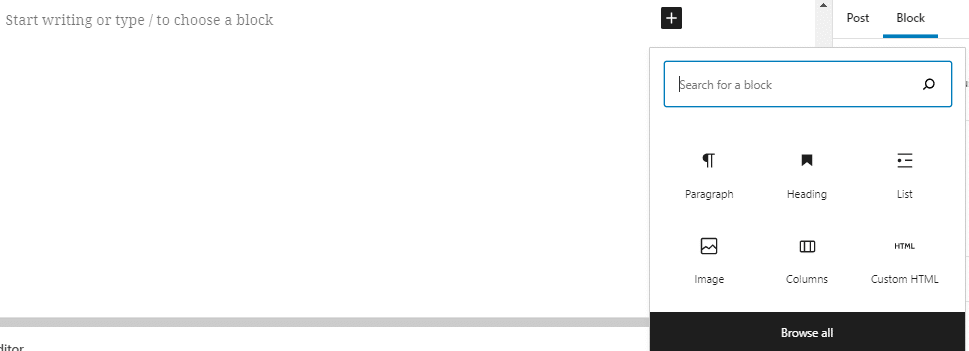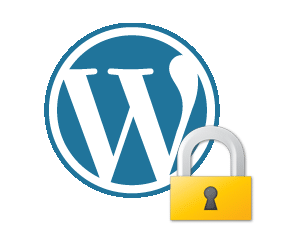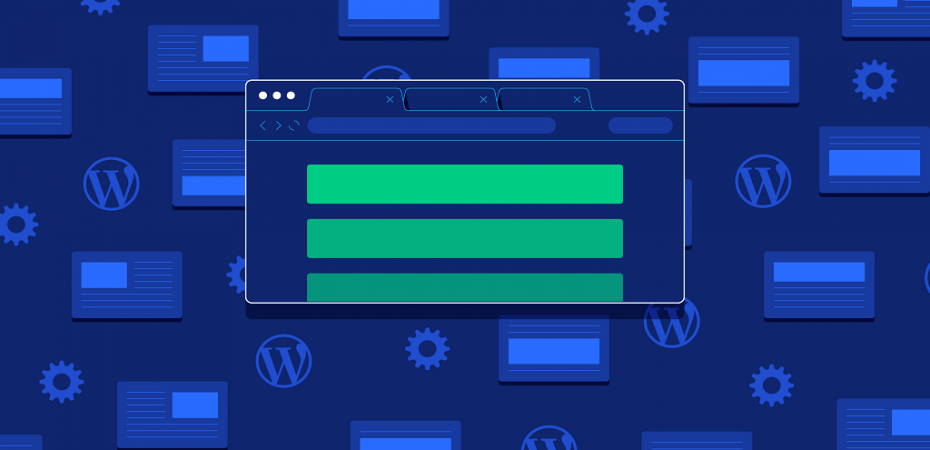More and more developers are using containers to make WordPress sites efficient. This is mainly because the growing amount of traffic on the internet demands scalability. This is provided by containers. Containers are perfect for rolling out code quickly and adopting it for any given scenario. Container security is important, now more than ever.
You can think of the containers as the building blocks of the website. If one container is compromised, it can potentially lead to a massive security breach.
But, what are containers?

A container on WordPress is analogous to a container on a cargo ship for the sake of simplicity. When you are tasked to load a variety of different objects onto a cargo ship, you can use one of two approaches.
You can load the items in bulk on the ship. This will take more time and effort and will not be an efficient way. The other way is to put the stuff in containers and load them onto the ship.
Likewise, in WordPress (and a lot of other platforms), you can use containers to organize things. In more technical terms, a container is a self-sustaining component of a code or WordPress website. A container can contain anything from a paragraph of text to an album of photos and videos.
Containers have the following attributes:
- They shorten the time taken to develop a WordPress website.
- Containers utilize minimal storage resources.
- Containers are portable plug-and-play entities that can be duplicated and used in other places if and when needed.
What is WordPress container security?
Before we can start exploring what the implications of container security for WordPress are, let’s develop an understanding of container security.
Container security is the use of security tools of processes to ensure that a container used in WordPress (or elsewhere) remains secure and functions properly.
The things involved in making a secure container include but are not limited to:
- Protecting the software supply chain.
- Creating a secure infrastructure for the container.
- Monitoring the container for any security breach or attempt.
As containers’ size and complexity keep changing, you need to keep updating your security measures to ensure the security of the containers you are using on WordPress.
Main Security Concerns in Using Containers for WordPress
There are some important things that can affect the cybersecurity status of a container. These safety measures are not only for the containers but for all of the things contained inside them. The things that contribute towards the security of a container being used on WordPress include:
- Security of the WordPress site hosting the container.
- Security standards of the components of the container.
- Malicious behavior in other components of the host website.
- Nature and volume of the traffic on the website.
- The build pipeline integrity of the system.
The important takeaway here is that in case of a hacker gaining access to a container on your WordPress website, the whole thing can be exploited.
Common Types of Cyber Attacks on WordPress Containers
The main forms of cyber attacks that target containers are more or less the same as those targeting operating systems and applications. This is because of some general vulnerabilities that are found in both, and criminals try to exploit them.
There are four main categories of these cyber attacks.
Application Programming Interface (API) Server Access
One of the fundamental practices for ensuring container security on WordPress is protecting access to the API server. As this is the front-end point of access, anyone who can gain access to the API server can access anything else on the website.
To prevent this, strict rules must be put in place for API server access. A defined pathway needs to be designed for gaining access to the API server. For added security, the people authorized to use it must be instructed to keep changing their credentials.
Configuration failures
If a container is not properly configured, it can lead to it being left insecure. This creates a trap door for criminals, one they can exploit to control your website. Once they gain access to one of the containers, hackers can then make their way to other parts of the website.
In order to prevent such vulnerabilities, developers need to lock down the whole website. No portion of the website may offer access without proper authentication. It must be kept in mind that the website’s security depends on the least secure link, and you don’t want to have any of them.
Image vulnerabilities
Images are the most important part of any container. If someone manages to infect your images, that can lead to major security risks for the whole website. Always use images from trusted sources when making the containers.
Inter-container virus spreading
The very purpose of containers is to enhance the interconnectivity of a WordPress site. All the containers communicate amongst them via encrypted links. This means that if malware is targeted at one of the containers, it can quickly spread to others.
Managing container Security for WordPress

If you use containers on a WordPress website, you need to make sure you cannot be targeted via any of the vulnerabilities mentioned above. The best way of making this sure is arranging a meeting of your team and refreshing your cybersecurity standards every once in a while.
Suppose your website or service is a more sophisticated and sensitive one, your need to implement more rigorous measures. You need to take the container security issues into account throughout the planning, development, testing, deployment, and operation of the website. As this is a complicated process, tools can be used to make sure nothing has been missed.
Conclusion
Containers are a convenient and efficient way to develop software and websites, but they have their own risks. If you want to use them on your WordPress website, you want to take into account the vulnerabilities described above. Secure website development procedures and adherence to industry standards can minimize the possibility of security breaches.
Read Also
- 15 Best WordPress Caching Plugins
- Shopify Vs WooCommerce
- How to Build Your First Profitable eCommerce Website
- How to Choose the Right Type of SSL Certificate
- 6 Ways To Boost Your Customer Experience In Ecommerce
- 7 Must-Have WooCommerce Plugins
- Templately Review
- WooCommerce Shortcodes Guide
- HostMonster Review
- NTC Hosting Review
- 9 Ways To Strengthen The Security Of Software Systems
- SSL2BUY Review

